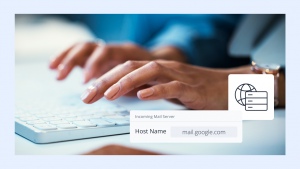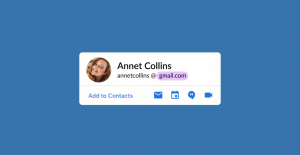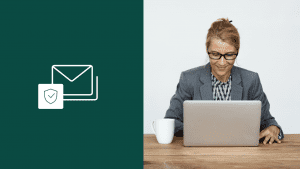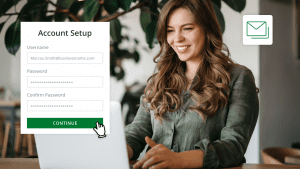How can we help you today?
Business Consultants
Let our experts help you find the right solution for your unique needs.
Hours 24/7
Product Support
We’re here to help with setup, technical questions, and more.
Hours 24/7
Type above and press Enter to search. Press Esc to cancel.








